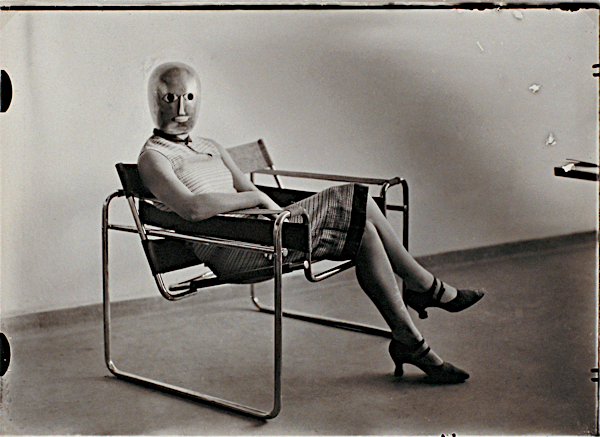
| ||||||||
| Level 100 | ||||||||
|
| ||||||||
| Level 300 | ||||||||
| ||||||||
| Level 400 | ||||||||
|
| ||||||||
| History of Art | ||||||||
| LS&A | ||||||||
| University of Michigan | ||||||||
| Back to the list of courses |
Spring 2017
Undergraduate Seminar: Modernity and the Useful Arts

How did modernity transform approaches to the design of everyday objects? How were understandings of modern life inflected by design? What was the effect of shifting artistic, cultural, and political contexts on how these useful objects were made, who they served, what they did, and how they looked? This course examines the relations between design, art, and modernity in Europe and North American from the mid-nineteenth to the mid-twentieth century. Over the course of the semester, we will examine a diverse set of case studies, including: the exhibition of industrial arts at London's Crystal Palace in 1851; the relationship of interior design in 1890s Belgium to colonial expansion in Africa; ceramics made in the wake of the Russian Revolution; the Bauhaus and its later off-shoot in Chicago; quilt making practices in the southern United States; and the loaded rhetoric of "Made in America." In so doing, we will unpack the following themes:
Readings will include both primary sources and recent theoretical texts.
Requirements include weekly reading responses, one test, two short papers on an objects from a local museum such as UMMA, The Dinnerware Museum, the DIA, the Henry Ford Museum, the Cranbrook Art Museum, the Taubman College Art Gallery.
Visits to local collections are integral to our course objectives.
This course will also include a visit from a local artist and a class held in the UMMA object study room.
Intended audience: This class is intended to draw undergraduates from a wide range of backgrounds. No prior art historical knowledge is required (although the course is an ideal complement to HISTART 271, 272, and 213).
HISTART Distribution Categories: D. Europe and the US, 4. Modern and Contemporary.